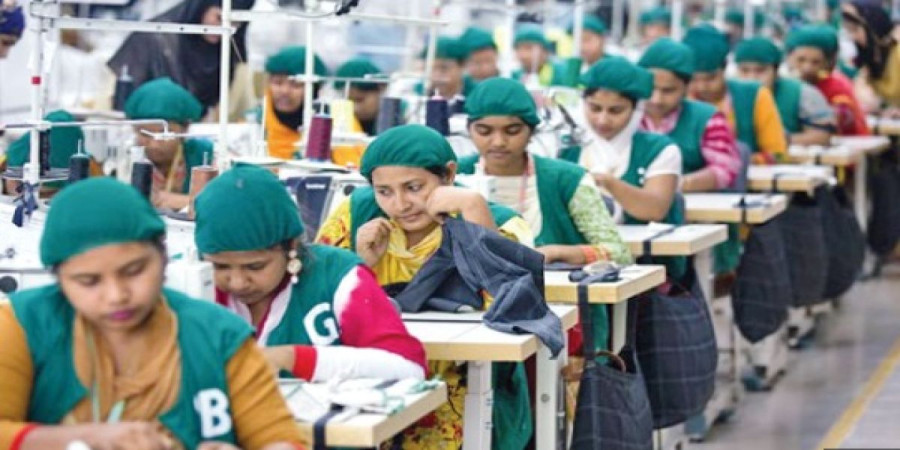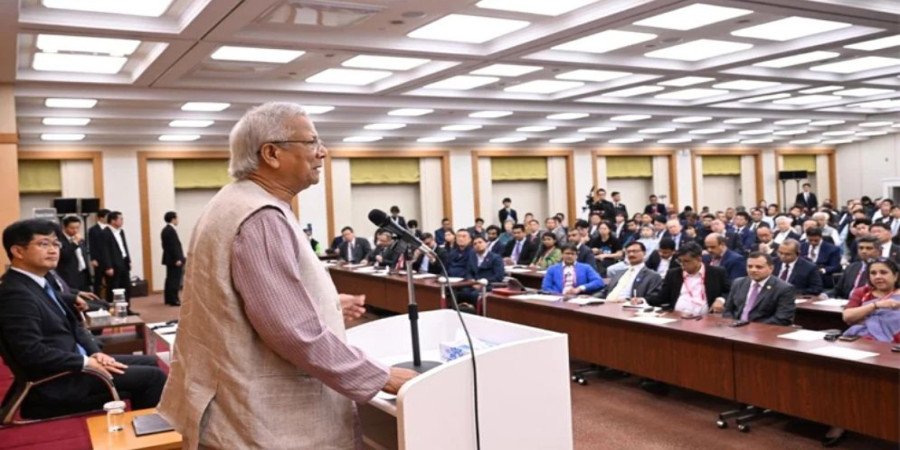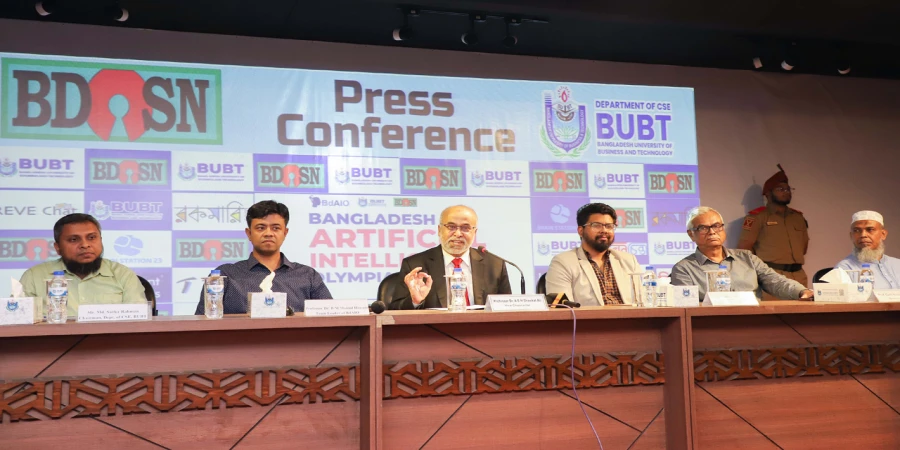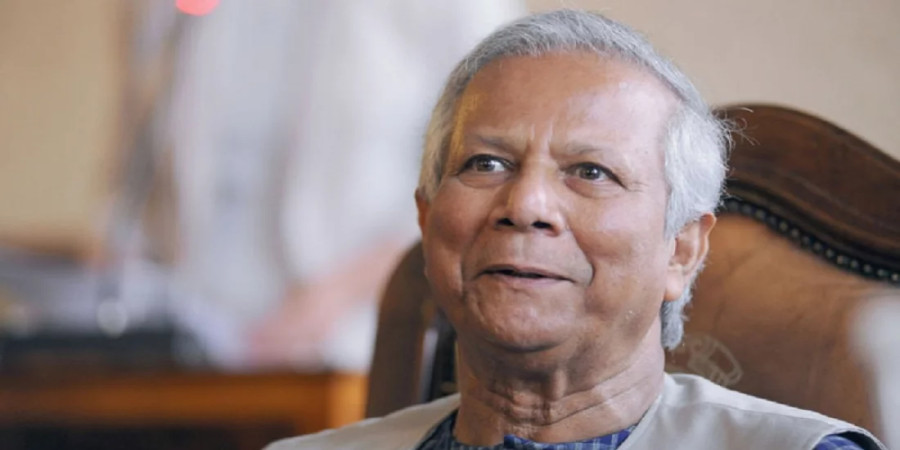
ছবি: Photo: Collected
The declining participation of women in Bangladesh's garment industry is becoming a pressing concern, with the proportion of female workers dropping from 80% in 1980 to just 53.7% in 2021, according to the Bangladesh Garment Manufacturers and Exporters Association (BGMEA). This trend, highlighted in a recent report, could severely impact the sector, which contributes 10.35% to the country’s GDP and earns $36 billion annually in exports.
Analysis reveals that women aged 18–35 dominate the workforce but often transition to alternative professions after 35. Many shift to self-employment, such as tailoring businesses, or pursue agricultural and domestic work. The report attributes this exodus to factors like workplace instability, the allure of better earnings, and the desire for greater professional independence.
Key issues such as lack of a women-friendly environment, insufficient health services, delayed wages, and inadequate worker protections further discourage female participation. If these trends persist, the garment industry risks a shortage of skilled labor, potentially destabilizing a sector critical to the nation's economy.
The report, presented at an event titled "Weaving 2030: Key Observations and Future Directions for Bangladesh's Garment Industry," urges immediate measures to counteract this decline. Recommendations include:
- Creating safer, more inclusive workplaces for women.
- Ensuring timely and fair wages.
- Strengthening worker rights and healthcare services.
Additionally, long-term strategies like adopting sustainable production practices, addressing post-graduation challenges from the Least Developed Countries (LDC) list, and preparing for automation under the Fourth Industrial Revolution are deemed critical. The event, held in Dhaka and organized by LightCastle Partners and Policy Exchange Bangladesh, unveiled a comprehensive report on the garment industry’s challenges and future opportunities. Developed over four stakeholder dialogues involving policymakers, industry leaders, and labor representatives, the report outlines key areas of concern such as circularity, decarbonization, and the impact of automation.
Anwar Hossain, Vice Chairman of the Export Promotion Bureau, emphasized the need for collaborative efforts to sustain export growth while meeting the Global Sustainable GSP+ framework. Mohammad Hatem, President of the Bangladesh Knitwear Manufacturers and Exporters Association (BKMEA), called for swift action to address the sector’s vulnerabilities.
With over 4 million workers directly and indirectly involved in the garment industry, the sector’s challenges are not merely a labor issue but a broader economic concern. Experts at the event stressed that failure to retain skilled female workers could jeopardize Bangladesh's position as a global leader in apparel exports, with far-reaching implications for economic growth and social progress.
repoter






